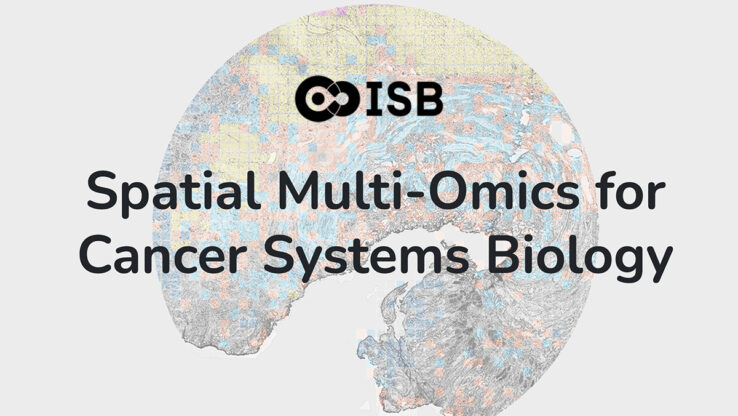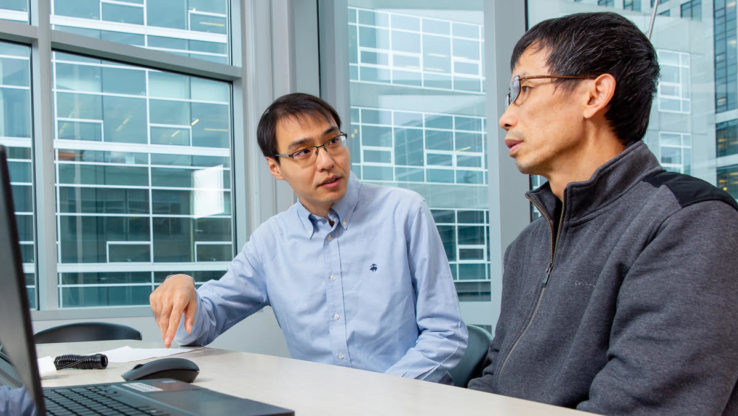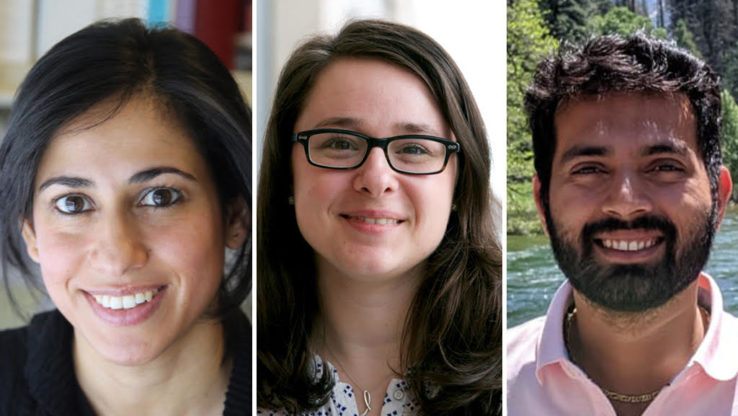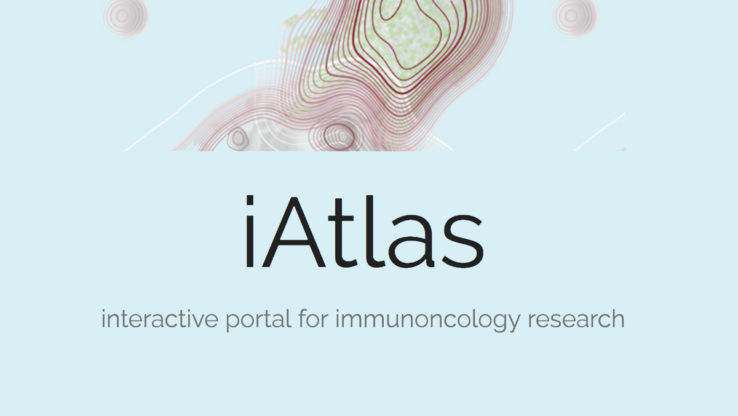Endometrial cancers affect many women in the United States. In 2012, 47,000 new cases and 8,000 deaths were estimated – making endometrial cancer the fourth most common type of cancer among US women. Accurate diagnosis of endometrial tumors is critical for doctors to determine the best treatment regimen. It turns out, however, that there are major differences between endometrial cancers — differences lurking at the molecular level. Researchers at ISB in collaboration with scientists at MD Anderson and the NIH-sponsored The Cancer Genome Atlas (TCGA) recently unlocked some of these molecular signatures, potentially allowing doctors to better distinguish aggressive cases from those that are more benign.
Forming in the tissue that lines the uterus, endometrial tumors, like many cancers, vary dramatically in severity depending on their type. Currently, two subtypes of endometrial cancer are recognized by traditional histology: Type I, which typically occurs in younger women with a history of unopposed estrogen exposure, and Type II, which usually occurs in postmenopausal women and has a much more grim prognosis. In a study (Integrated genomic characterization of endometrial carcinoma) published today in the journal Nature, ISB researchers and their collaborators took an integrative systems approach to discover molecular fingerprints of cancers from 373 patients – considering everything from genetic mutations to the abundance of several types of molecules in their cells. The study concludes that there may be as many as four different subtypes of endometrial cancers, some of which are startlingly similar to other cancers, including specific subtypes of colorectal, ovarian, and breast cancers. The molecular profiles were even able to re-classify tumors that had been incorrectly subtyped using traditional methods. In the future, doctors could use these detailed molecular fingerprints of cancer to tailor therapies for their patients.
Editor’s note: The results of this paper was featured as a page-one story in the May 2 print edition of the New York Times.


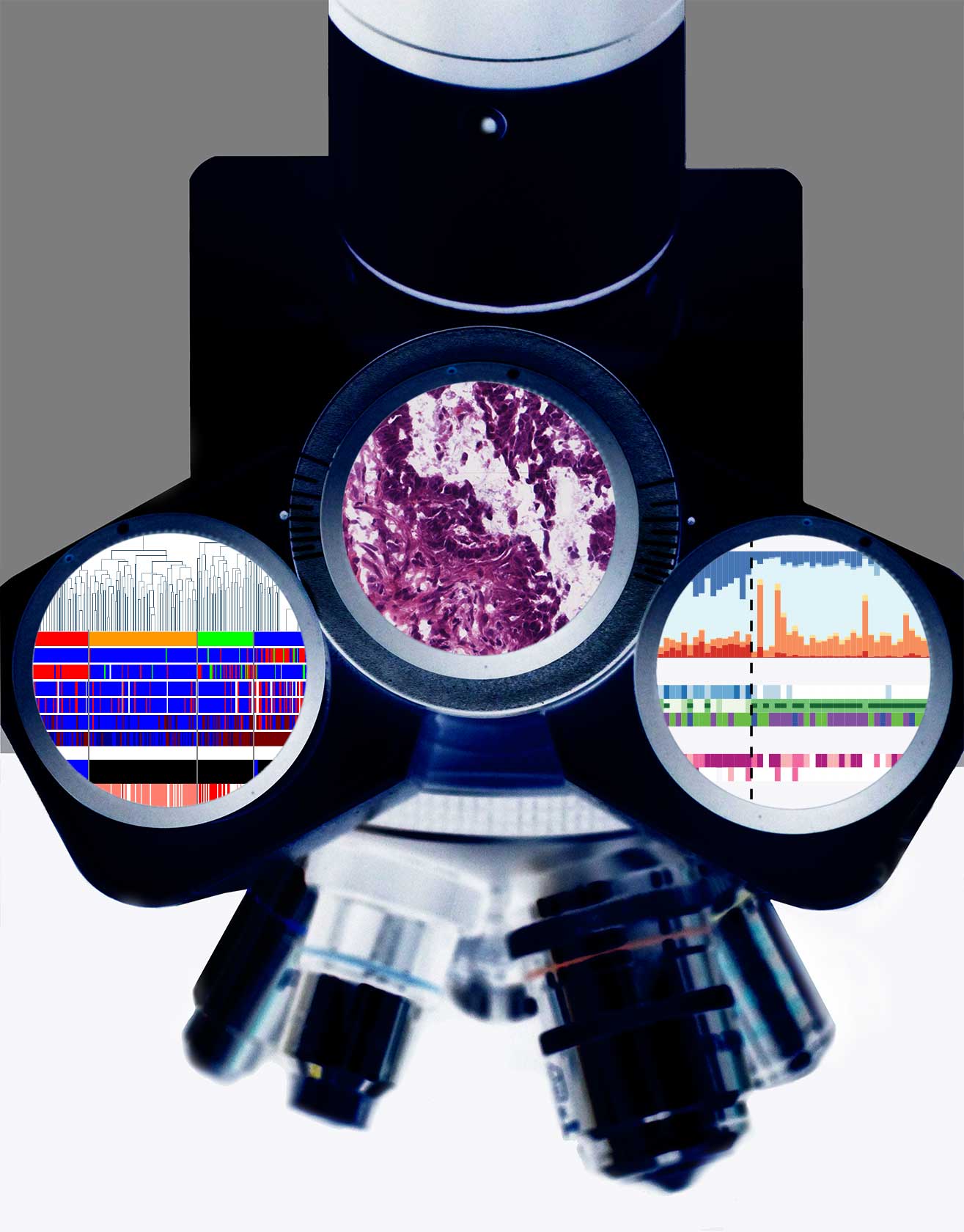
 isbscience.org/research/unlocking-molecular-signatures-of-endometrial-cancer-subtypes/
isbscience.org/research/unlocking-molecular-signatures-of-endometrial-cancer-subtypes/

